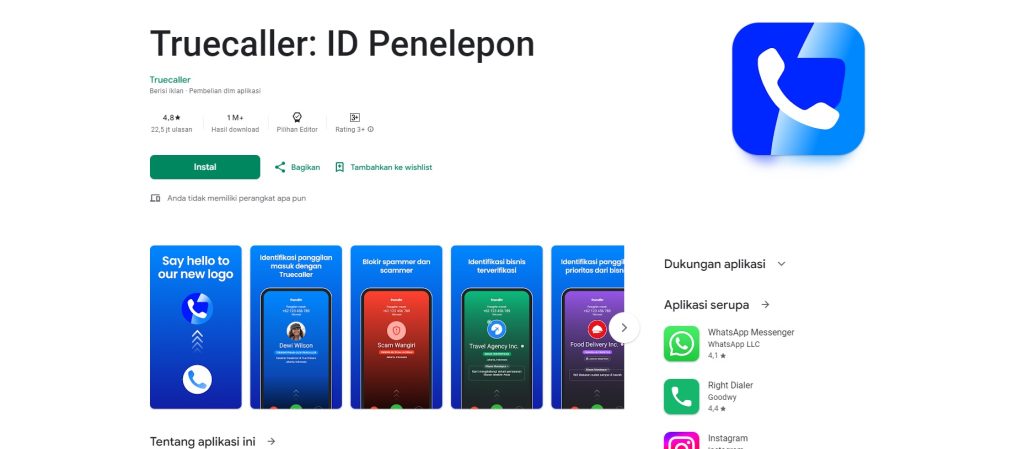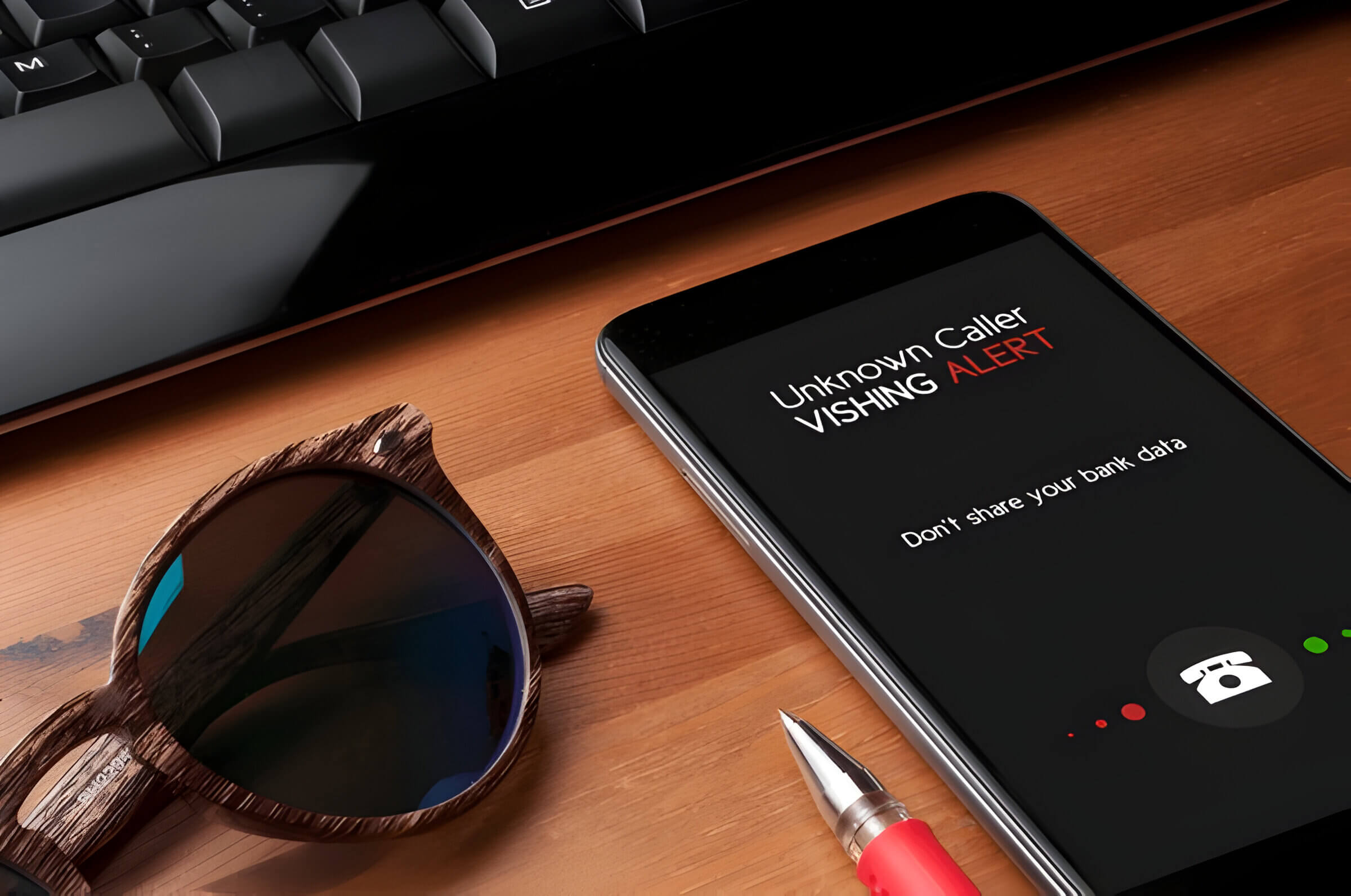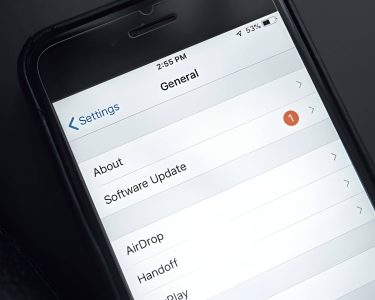Tired of mysterious calls disrupting your day? It’s time to take charge of your phone and put an end to those frustrating No Caller ID interruptions. This guide will empower you with practical solutions to block unwanted calls, protect your privacy, and restore peace of mind. From built-in phone settings to third-party apps and carrier services, we’ll explore various methods to help you regain control over your incoming calls and enjoy a quieter, more secure phone experience.
Blocking No Caller ID Calls on iPhone
Blocking No Caller ID calls on your iPhone can significantly reduce unwanted interruptions and enhance your privacy. Apple has integrated several features into iOS to help manage these calls effectively. The primary method is to enable the “Silence Unknown Callers” feature in your iPhone settings. To activate this, go to Settings > Phone > Silence Unknown Callers and toggle the switch on. This feature automatically sends calls from numbers not in your contacts, recent outgoing calls, or Siri Suggestions to voicemail.
For more advanced call filtering, consider downloading call blocking apps from the App Store. These apps offer additional features like customizable block lists and the ability to identify potential spam calls. Some popular options include Truecaller, RoboKiller, and Hiya.
Apple’s iOS also includes built-in privacy features that can help manage unwanted calls. You can manually block specific numbers by going to your recent calls list, tapping the “i” icon next to the number, and selecting “Block this Caller.” Additionally, iOS 14 and later versions offer a feature that shows a caller’s name and photo for incoming calls, helping you identify legitimate callers more easily.
Remember, while these methods can significantly reduce unwanted calls, they may also block important calls from unknown numbers. Always check your voicemail regularly to ensure you haven’t missed any crucial messages.
Blocking No Caller ID Calls on Android
Blocking No Caller ID calls on Android devices is a straightforward process that can significantly reduce unwanted interruptions. To start, access your Android call settings, which can typically be found in the Phone app. Look for options like “Block numbers” or “Call blocking & identification.” Here, you can enable the feature to block unknown numbers, effectively filtering out many No Caller ID calls.
For more advanced call screening, consider using the Google Phone app, which offers robust call filtering options. It can automatically screen calls from unknown numbers and provide transcripts of potential spam calls. This app is pre-installed on many Android devices but can be downloaded from the Play Store if it’s not already on your phone.
If you’re looking for even more control, third-party apps for Android offer additional features for managing unwanted calls. Apps like Truecaller or RoboKiller provide extensive databases of known spam numbers and allow you to create custom blocking rules.
Remember, while these methods are effective for most No Caller ID calls, some legitimate calls may also be blocked. It’s important to check your blocked call log periodically to ensure you haven’t missed any important communications.
Using Your Phone Carrier’s Services to Block Unknown Calls
Many phone carriers offer robust call-blocking services that can effectively filter out unwanted calls, including those with no caller ID. These network-level solutions provide a comprehensive approach to managing incoming calls.
AT&T customers can utilize AT&T Call Protect, a free service that automatically blocks suspected fraudulent calls and provides warning labels for potential spam calls. The premium version offers additional features like custom call controls and enhanced caller ID.
Verizon offers Call Filter, which screens incoming calls and blocks spam automatically. The basic version is free, while the premium option includes features like spam lookup and a personal block list.
T-Mobile users can take advantage of Scam Shield, a free service that includes Scam Block to stop suspicious calls before they reach your phone. It also offers enhanced caller ID and the ability to change your number for free once per year.
To activate these services, contact your carrier or check their website for instructions on how to enable call-blocking features. By leveraging your carrier’s built-in protections, you can significantly reduce the number of unwanted calls, including those from unknown or blocked numbers.
Third-Party Apps for Blocking No Caller ID Calls

Third-party apps offer a robust solution for blocking No Caller ID calls, providing an extra layer of protection against unwanted communications. Several popular options include:
Truecaller: Known for its extensive database of phone numbers, Truecaller can identify unknown callers and block spam calls effectively. It also provides caller ID functionality for numbers not in your contacts.
RoboKiller: This app uses advanced algorithms to identify and block spam calls, including those with No Caller ID. It also offers the unique feature of answering spam calls with pre-recorded messages to waste telemarketers’ time.
Hiya: This app offers real-time caller ID and spam detection, helping users identify potential threats before answering. It can block No Caller ID calls and provides detailed information about incoming numbers.
These call blocker apps typically offer additional features like spam call protection, reverse phone lookup, and customizable block lists. While most require a subscription for full functionality, they often provide free trials allowing users to test their effectiveness before committing.
By leveraging these third-party solutions, users can significantly reduce the number of unwanted calls they receive, including those from No Caller ID sources, enhancing their overall phone experience and privacy.
Legal Considerations and Limitations of Call Blocking
When considering how to block No Caller ID phone calls, it’s crucial to understand the legal landscape and potential limitations. The Federal Communications Commission (FCC) has regulations in place that allow consumers to protect themselves from unwanted calls, including the National Do Not Call Registry. However, these regulations also ensure that legitimate calls, particularly those from emergency services, can still reach you.
While blocking No Caller ID calls can effectively reduce spam and unwanted communications, it’s important to note that some legitimate callers may use this feature for privacy reasons. Consequently, indiscriminate blocking could potentially prevent important calls from reaching you, such as those from healthcare providers or government agencies.
Furthermore, emergency services often use unlisted or blocked numbers. Blocking all No Caller ID calls could potentially interfere with receiving critical emergency communications. It’s essential to choose a call-blocking method that allows for exceptions or provides a way to quickly disable the blocking feature if needed.
Before implementing any call-blocking solution, consider the legal implications. Some aggressive blocking techniques might inadvertently violate FCC regulations or infringe on the rights of legitimate callers. Always ensure that your chosen method complies with current laws and allows for the receipt of emergency and other essential calls.
Tips for Managing Unwanted Calls Beyond Blocking
While blocking unwanted calls is an effective first step, there are additional strategies to manage nuisance callers beyond simple blocking. Voicemail screening can be a powerful tool, allowing you to filter calls without directly engaging with potential spammers. Set up a custom voicemail message that encourages legitimate callers to leave a message while deterring unwanted ones.
Call forwarding is another useful technique. You can forward suspicious calls to a separate number or even a call-screening service. This adds an extra layer of protection without changing your primary number.
If you’re receiving an overwhelming number of unwanted calls, consider changing your phone number as a last resort. While inconvenient, it can provide a fresh start and significantly reduce nuisance calls.
Reporting spam calls to your phone carrier and relevant authorities helps combat the issue on a larger scale. Many carriers have systems in place to track and block known spam numbers based on user reports.
Lastly, don’t forget to educate family members, especially elderly relatives, about the risks of spam calls and how to handle them. Sharing your knowledge can protect your loved ones from potential scams and reduce overall vulnerability to unwanted calls.






